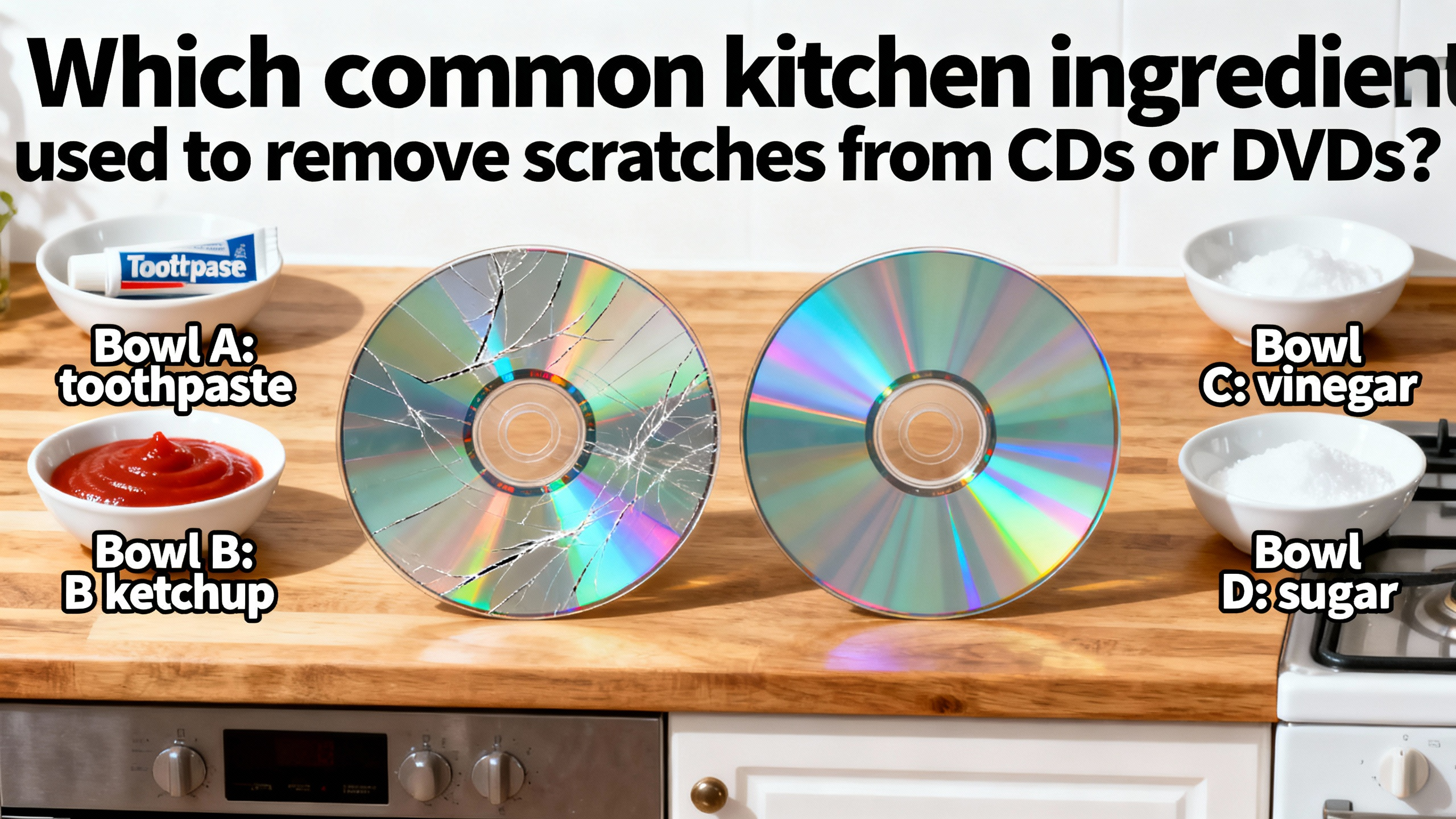How a Microwave Oven Heats Food
A microwave oven heats food through a fascinating process that occurs at the molecular level. At the heart of this mechanism is the production of microwaves, a type of electromagnetic radiation. When the oven is turned on, a device called a magnetron generates microwaves. These microwaves are then directed into the cooking chamber where the food is placed.

Water molecules in food play a crucial role in this heating process. Water is a polar molecule, which means it has a positive end and a negative end. When the microwaves penetrate the food, they create an oscillating electromagnetic field. This field causes the water molecules to rotate rapidly as they try to align themselves with the changing direction of the field. The frequency of the microwaves, typically around 2.45 gigahertz, is specifically chosen to match the natural resonant frequency of water molecules. This resonance leads to a significant increase in the rotational motion of the water molecules.
As the water molecules rotate, they collide with neighboring molecules, including other water molecules and those of other substances in the food. These collisions transfer kinetic energy from the rapidly rotating water molecules to the surrounding molecules. This increase in kinetic energy is equivalent to an increase in temperature, according to the principles of thermodynamics. In essence, the microwave energy is converted into heat energy through these molecular collisions. This heat then spreads throughout the food, cooking it from the inside out. It's important to note that while water is the primary target for microwave heating, other polar molecules in the food can also be affected to some extent, contributing to the overall heating process.










